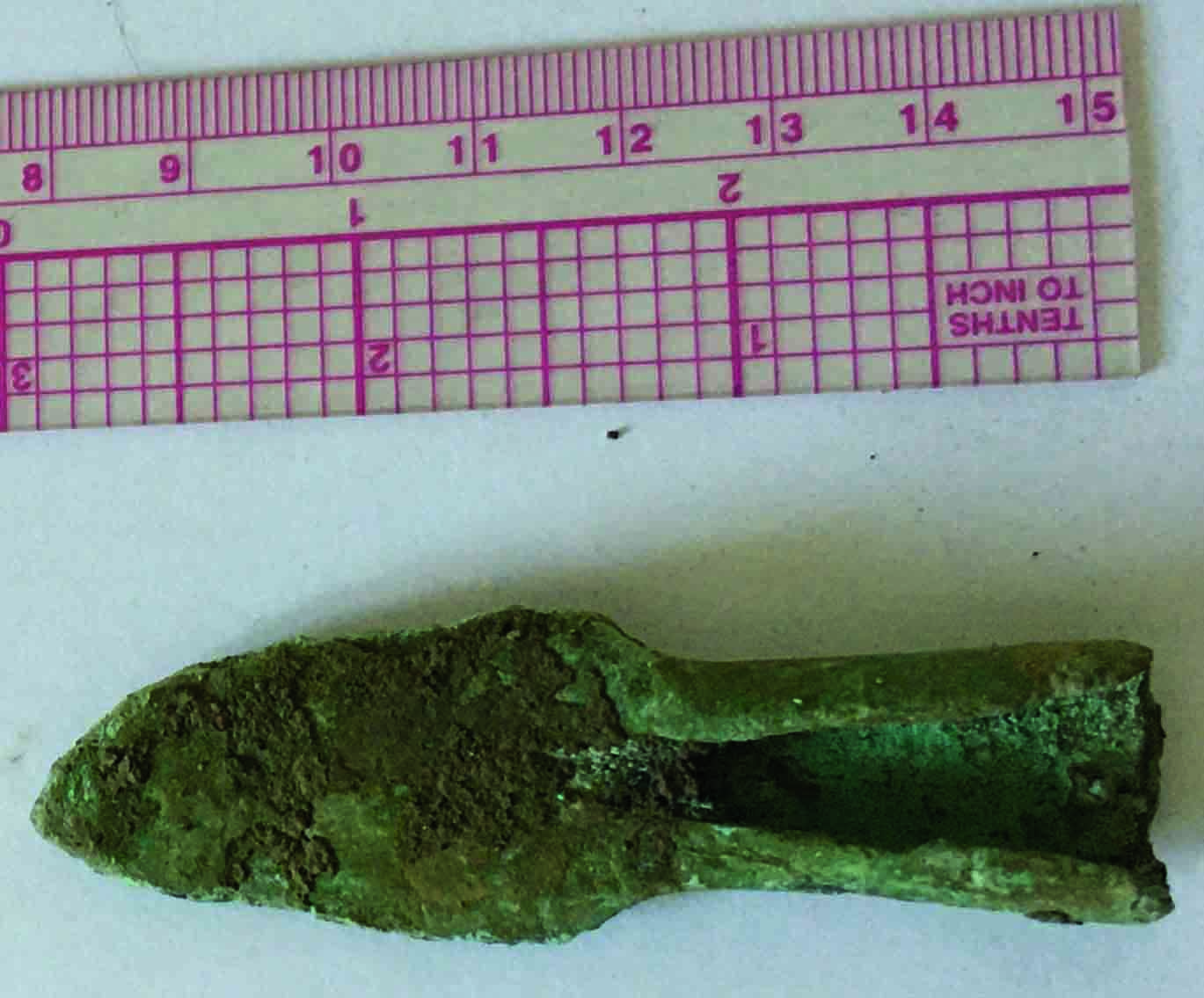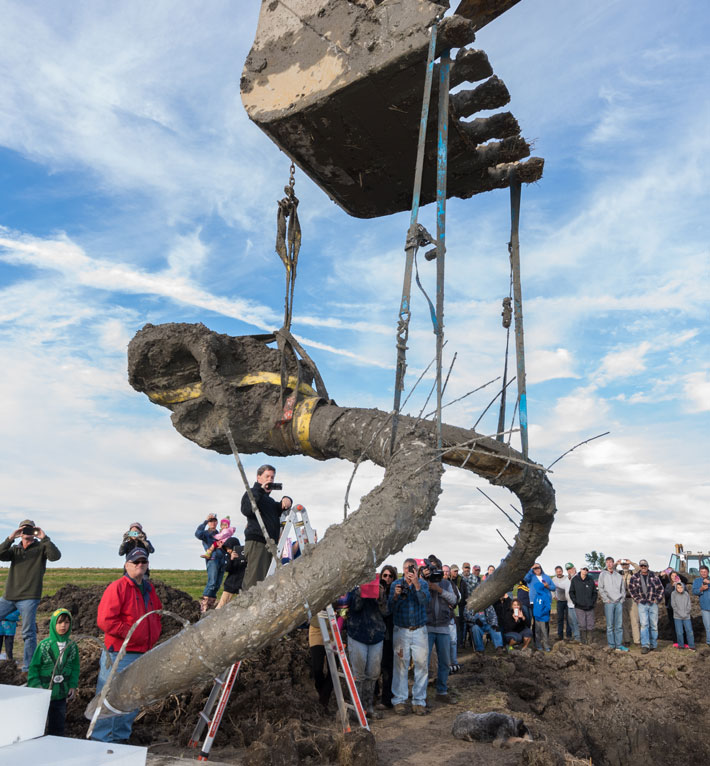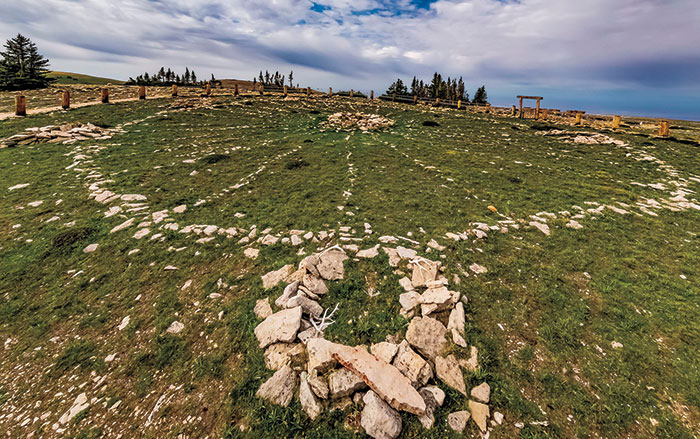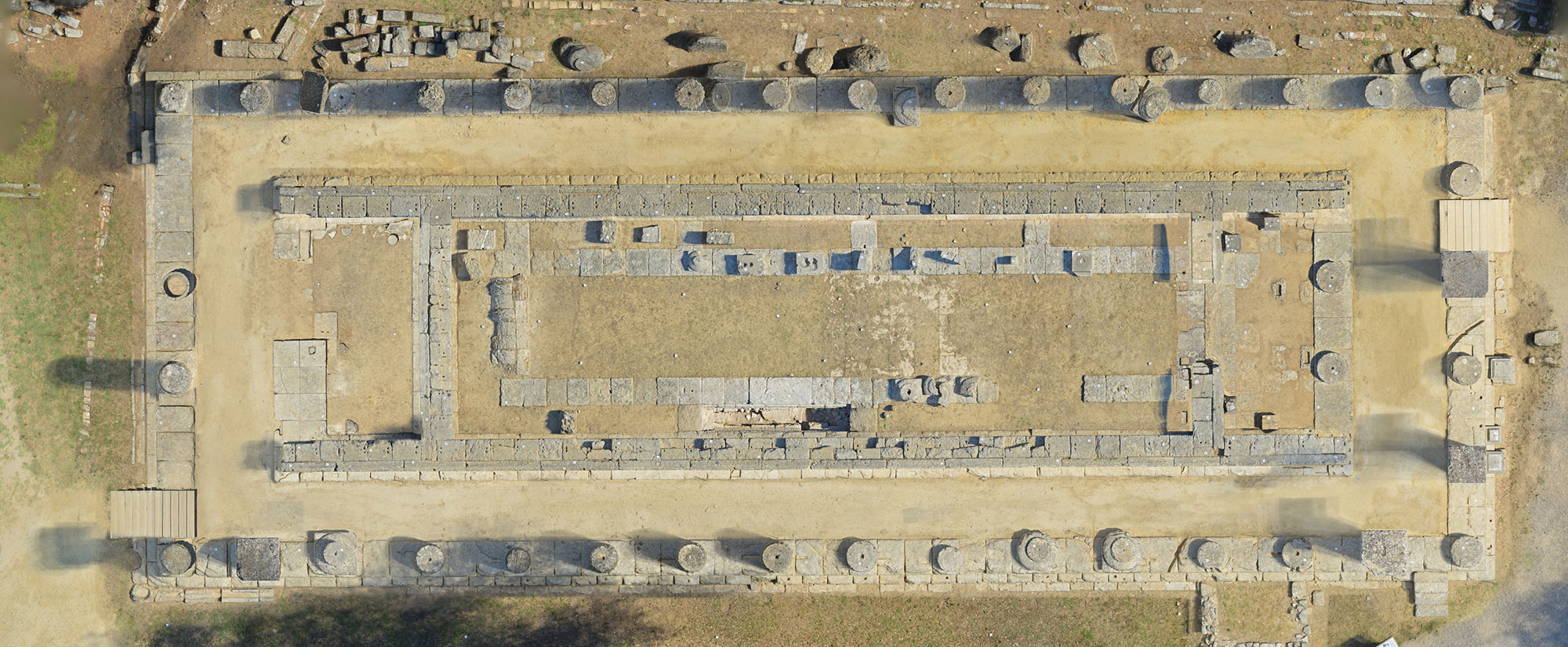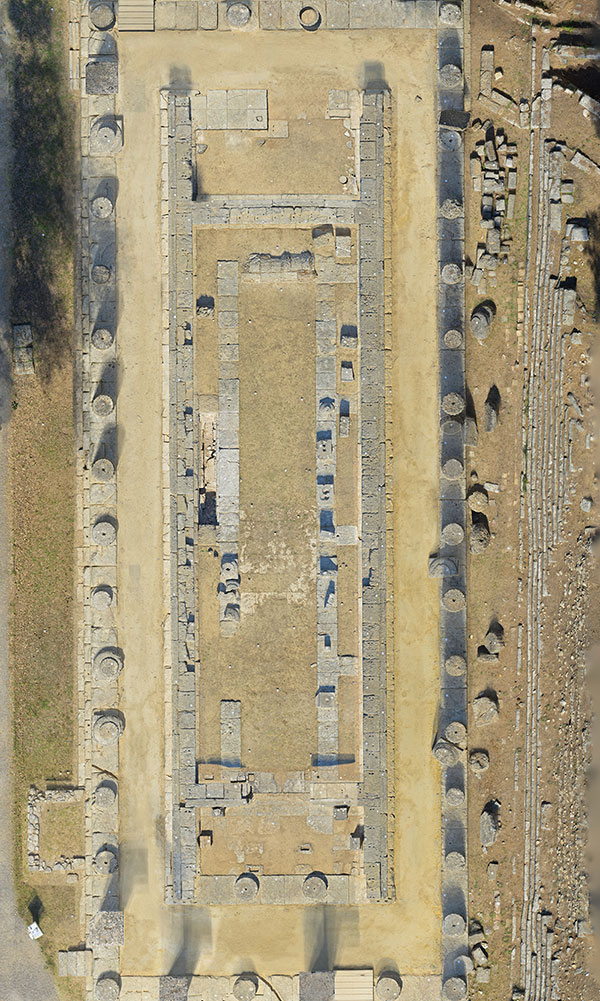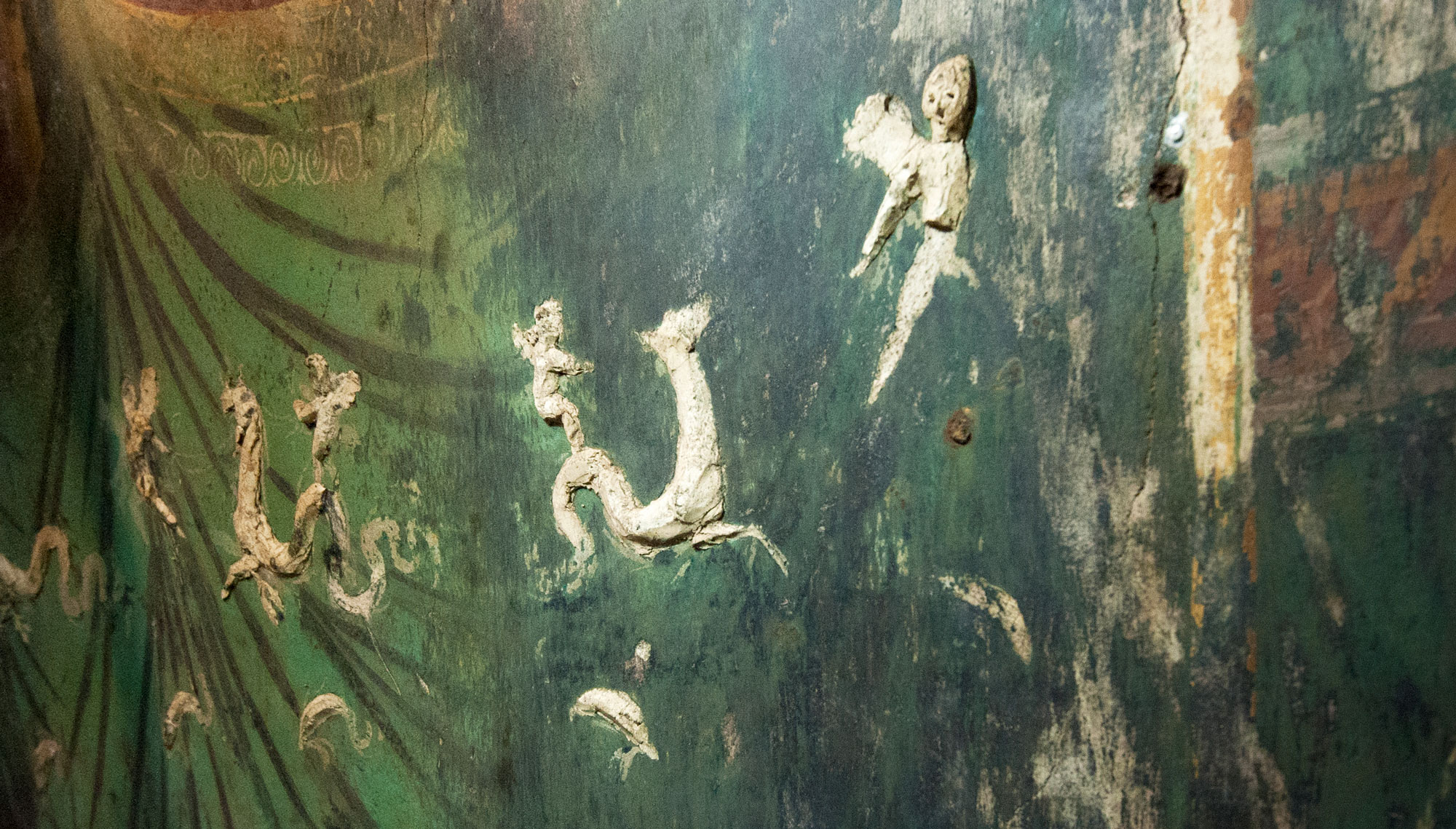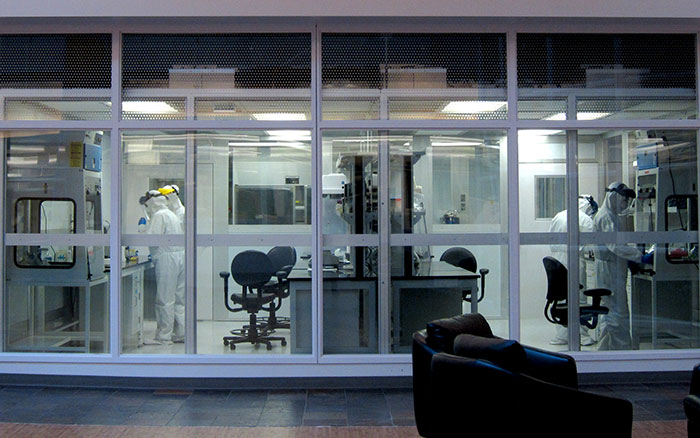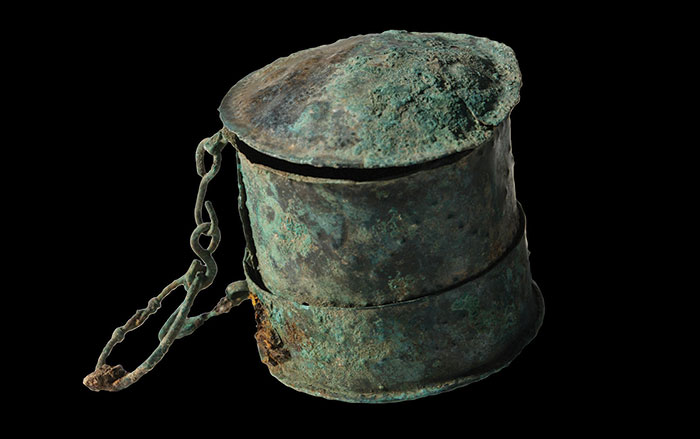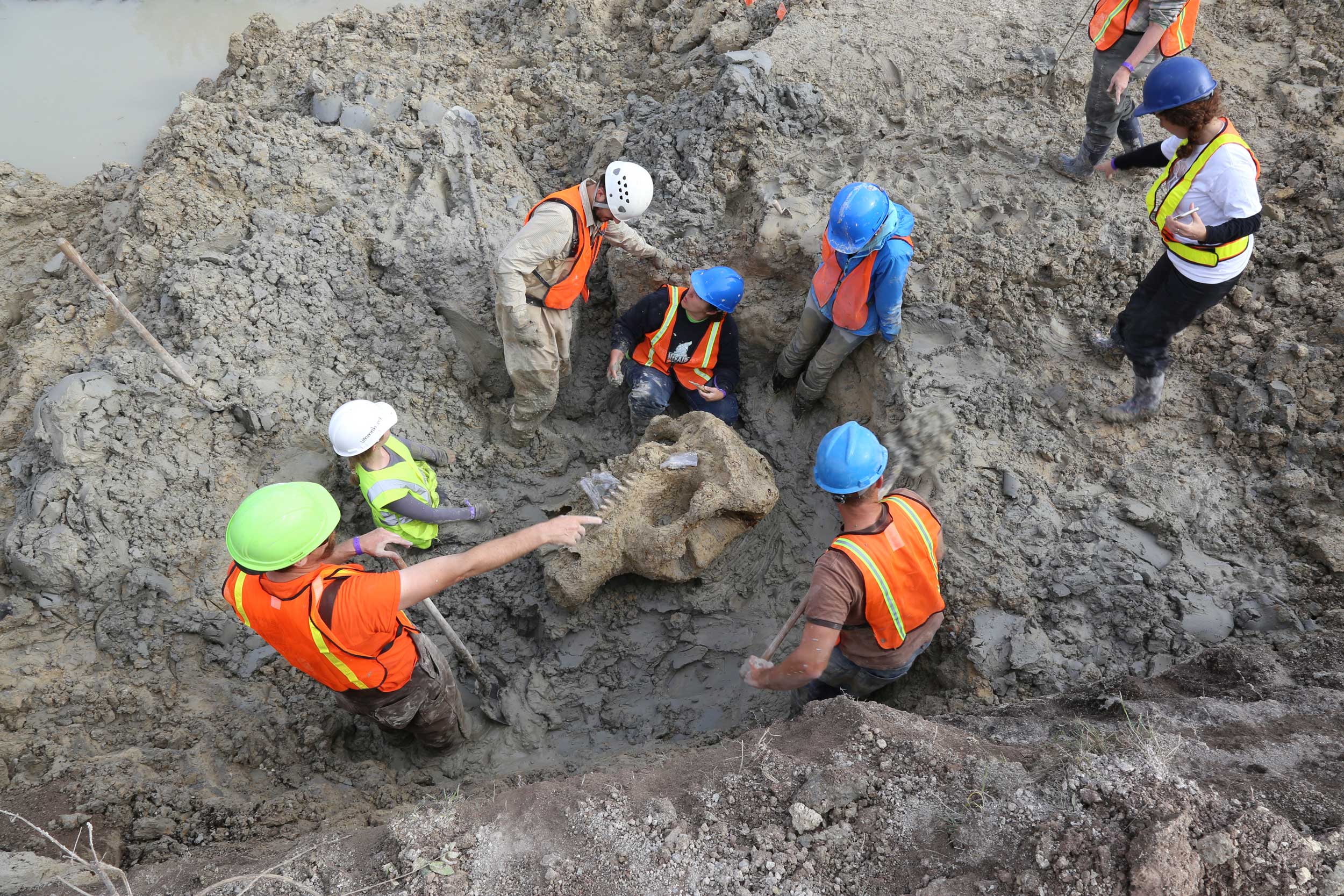
MAYVILLE, MICHIGAN—The Detroit News reports that a team from the University of Michigan, assisted by teachers from Tuscola County, has recovered about 60 to 70 percent of the remains of a 30-year-old male mastodon thought to have been processed by human hunters or scavengers between 11,000 and 13,000 years ago. The long limb bones, both shoulder blades, the pelvis, the skull, many vertebrae, and most of the ribs were found. Some sections of the carcass had been separated from other sections. The tusks, lower jaw, and most of the foot bones were missing from the site. Daniel Fisher, director of the University of Michigan Museum of Paleontology, estimates the likelihood that humans were involved in processing the carcass at 80 percent. He thinks that humans may have stored the sections of mastodon meat in cold, low-oxygen pond sediments to help preserve them. The team will now radiocarbon date the remains and examine them for signs of butchery. The animal’s wisdom teeth will also be analyzed to try to determine in which season it died. To read about another discovery in Michigan, go to “Leftover Mammoth.”


